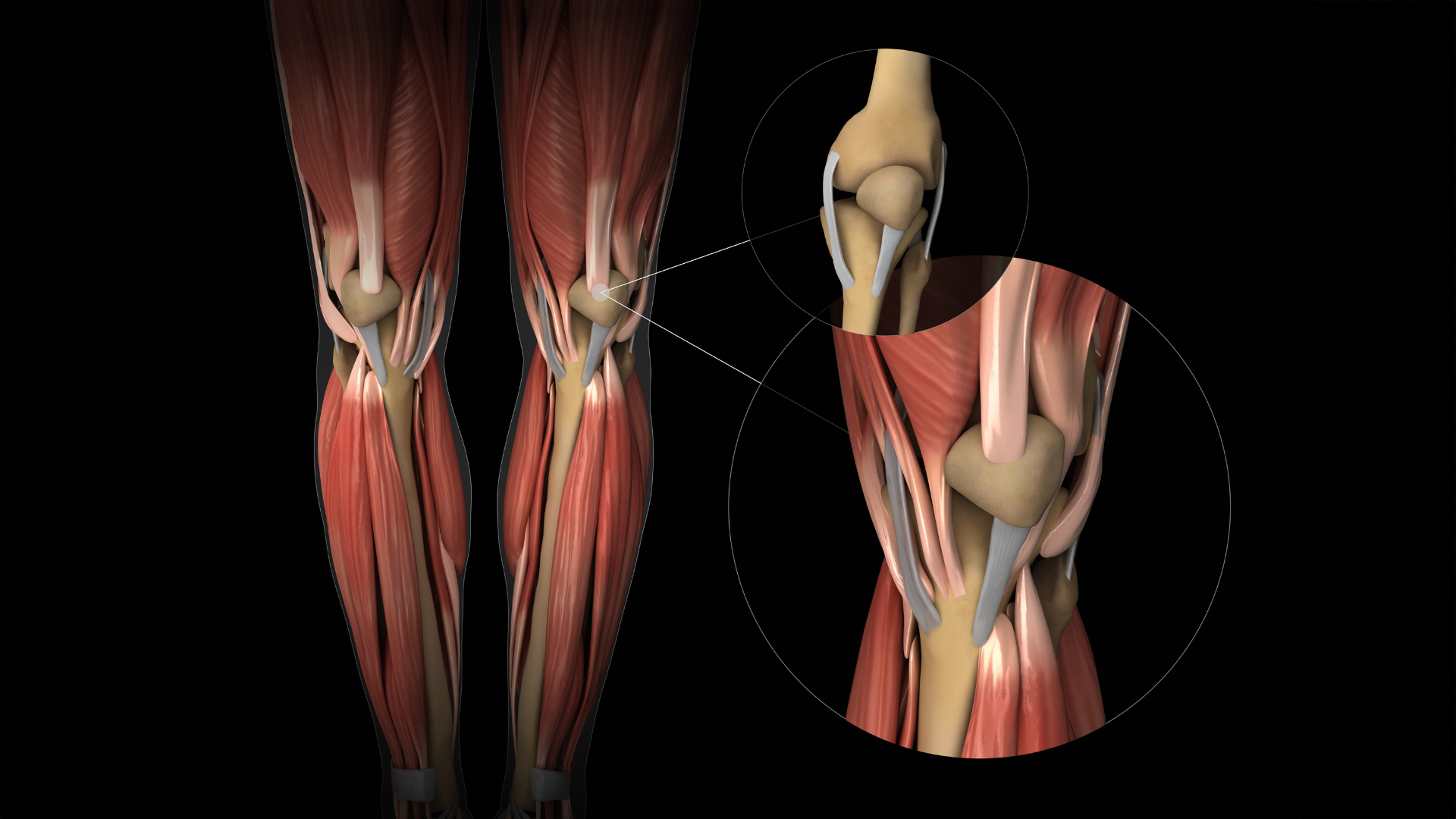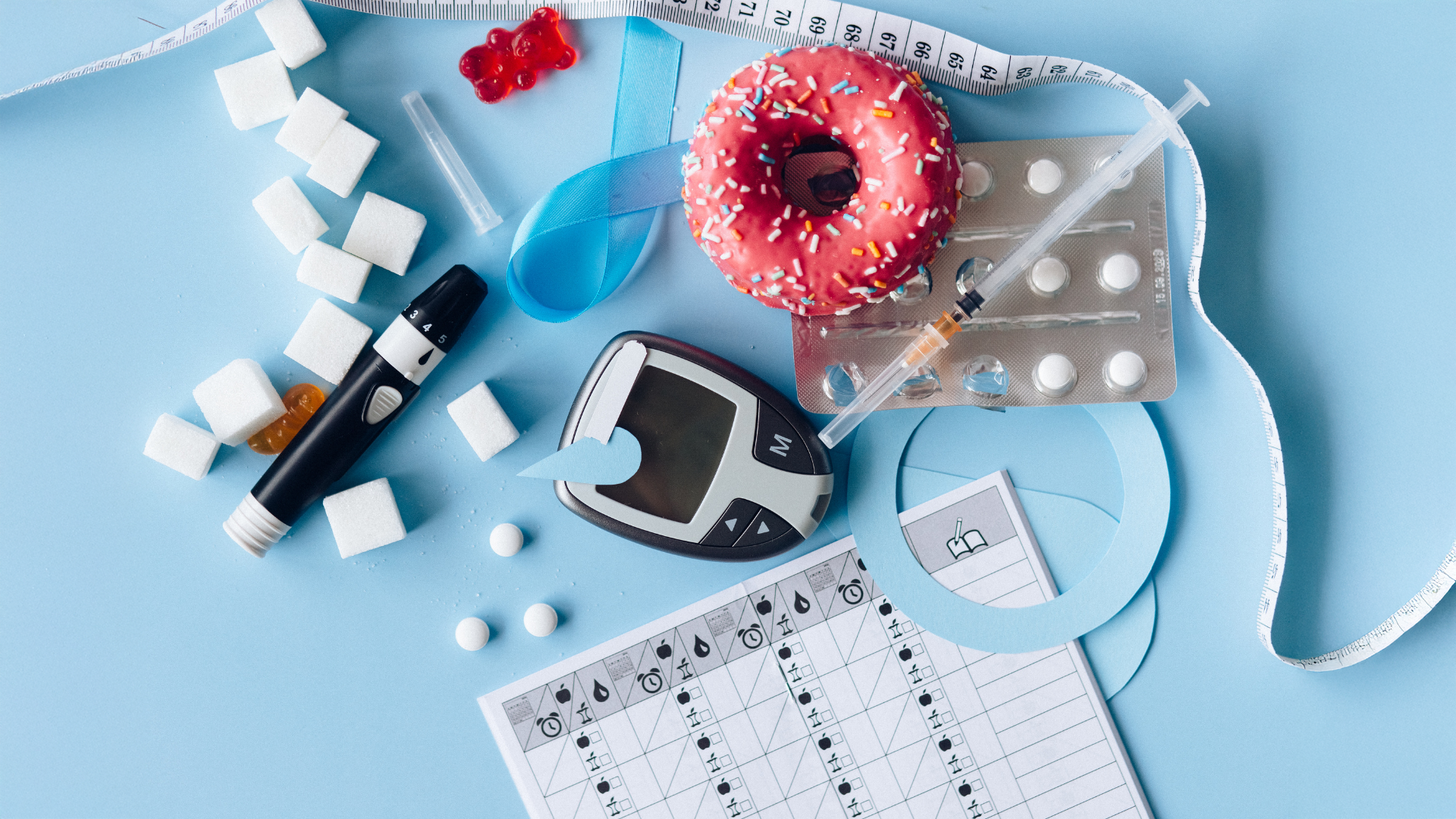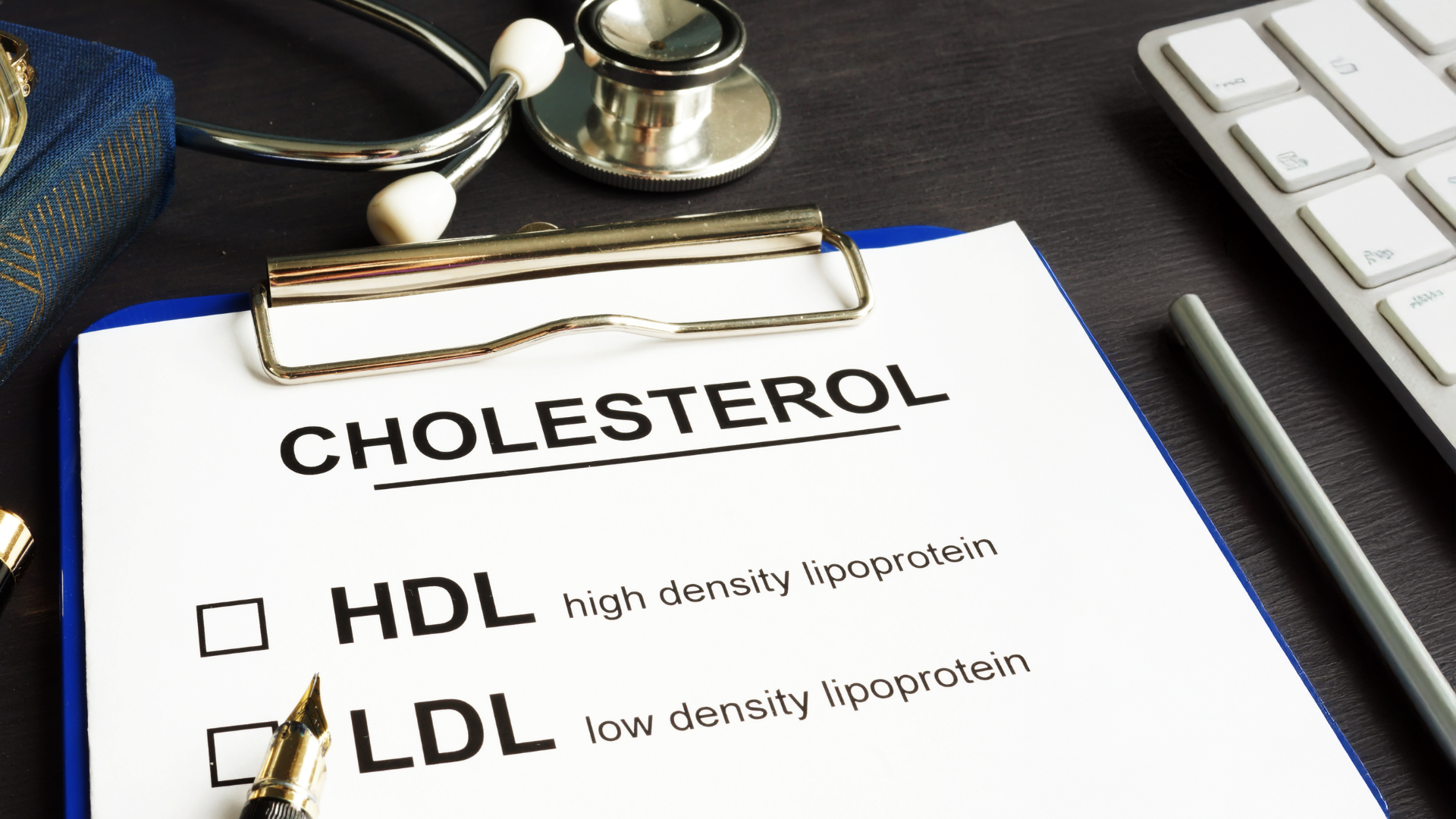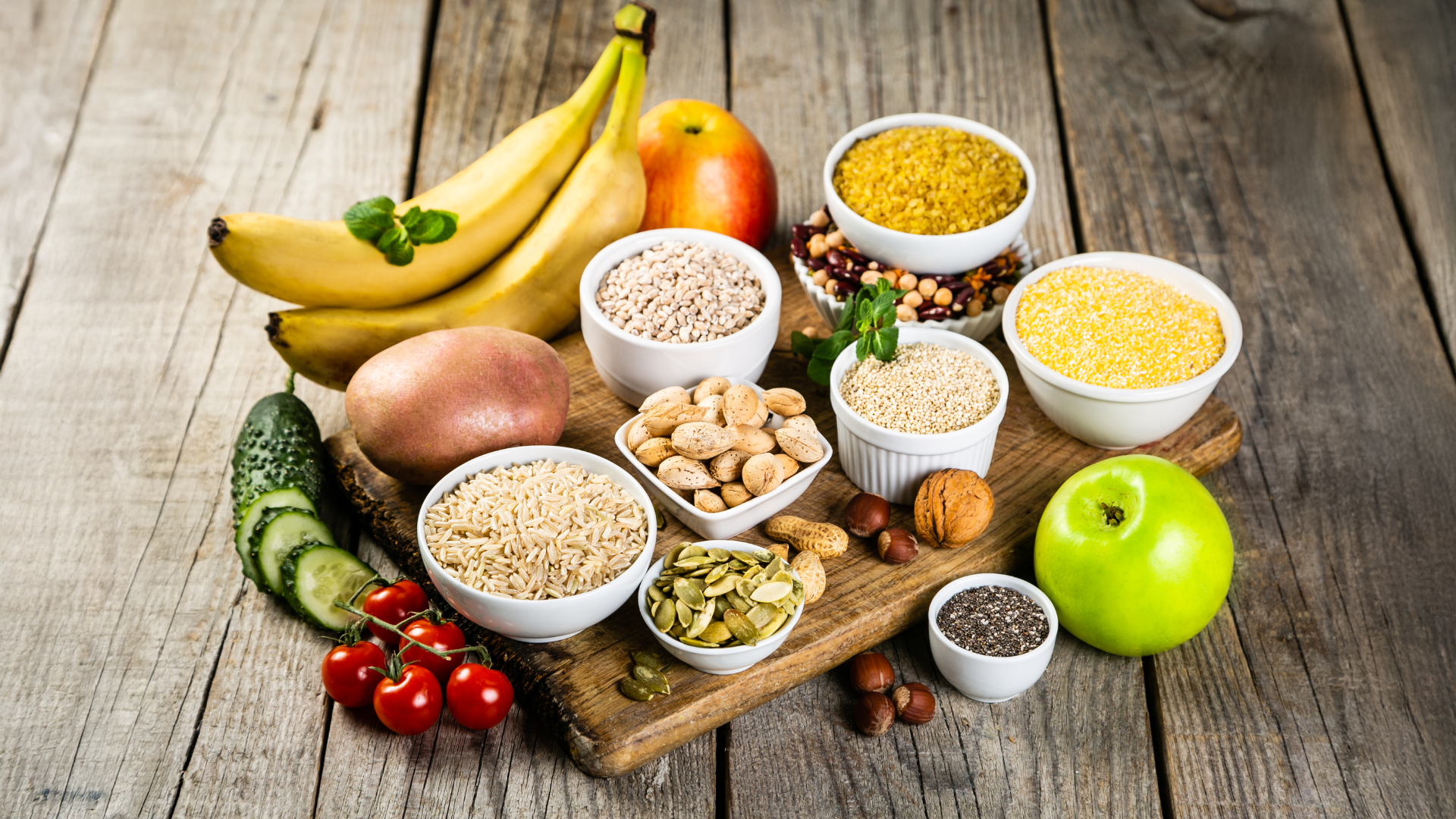How Your Diet Can Affect Your Tendon Health
When you hear the phrase “wear and tear,” it’s often associated with tendon problems like tendonitis. But is overuse always the root cause? Recent research suggests that diet plays a significant role in tendon and ligament health, particularly for individuals with high blood sugar, elevated cholesterol, or obesity.
What you eat can directly impact the strength and resilience of these crucial connective tissues. In this article, we’ll explore:
-
- The structure of tendons and ligaments
- How high glucose levels and diabetes can weaken these tissues
- The effects of elevated cholesterol on tendon and ligament health
- The link between obesity and increased risk of tendon and ligament damage
Understanding Tendon and Ligament Structure
Tendons connect muscle to bone, while ligaments connect bone to bone. Think of tendons as flexible bones—strong yet able to bend. Ligaments, on the other hand, are even tougher and more rigid, providing essential joint stability.
Both structures are primarily composed of collagen, a protein that acts like a bundle of strong yet flexible ropes. This composition makes tendons and ligaments resilient under normal conditions, but certain lifestyle factors, including diet, can weaken their integrity.

The Impact of High Glucose and Diabetes
One of the biggest threats to tendon and ligament health is Advanced Glycation End Products (AGEs)—compounds formed when excess glucose binds to proteins in the body. While AGEs occur naturally with aging, their levels increase significantly in people with high blood sugar, diabetes, and diets rich in processed foods.
Here’s how AGEs affect your tendons and ligaments:
-
- They alter collagen structure, making tendons stiffer and more prone to injury.
- They trigger inflammation, which leads to cell damage and breakdown of these tissues.
If you have diabetes or struggle with high blood sugar, keeping glucose levels in check may reduce AGEs and protect your tendons from unnecessary wear and tear.

The Role of Elevated Cholesterol
You’ve likely heard of LDL (“bad” cholesterol) and HDL (“good” cholesterol”)—but did you know that excess LDL may also contribute to tendon damage?
Studies suggest that individuals with high cholesterol, particularly those who struggle to clear LDL cholesterol from their system, experience:
-
- Increased inflammation and cell death in tendons and ligaments
- Higher risk of tendon degeneration and tears
This means that managing cholesterol isn’t just about heart health—it also plays a role in keeping your tendons strong and functional.

How Obesity and High Fat Intake Affect Tendon Health
Carrying excess body weight puts additional stress on tendons and ligaments, increasing the risk of injury. However, research indicates that obesity affects these tissues in ways beyond mechanical stress.
Fat cells (adipose tissue) release cytokines—signaling molecules that regulate inflammation. In obesity, excess adipose tissue leads to:
-
- Chronic inflammation, which accelerates tendon breakdown
- Increased risk of injury and slower healing
Essentially, obesity creates a double burden on tendons and ligaments—both from excess weight and from inflammatory damage.
Protecting Your Tendons and Ligaments Through Diet
Your nutrition impacts far more than just your weight—it’s a key factor in maintaining strong, resilient tendons and ligaments. Here are some steps to support connective tissue health:
- Control blood sugar levels to reduce AGEs and prevent tendon stiffening.
- Limit processed foods that contribute to high AGE formation.
- Lower LDL cholesterol through a heart-healthy diet rich in fiber, lean proteins, and healthy fats.
- Maintain a healthy weight to reduce both mechanical stress and inflammation on tendons.
While accidents and injuries can happen, taking charge of your diet is a powerful way to reduce your risk of tendon and ligament damage. Small changes in nutrition can make a big difference in keeping your body moving and feeling strong!

Struggling with Tendon or Ligament Pain?
If tendon or ligament pain limits your mobility or daily activities, let our Physical and Occupational Therapists help! We can provide personalized treatment plans designed to improve strength, flexibility, and overall tendon health.
Treatment is covered by insurance, no referral is needed, and with multiple locations across Western New York and virtual care, you can find a place and time that work for you.
Click the button below to get started.
